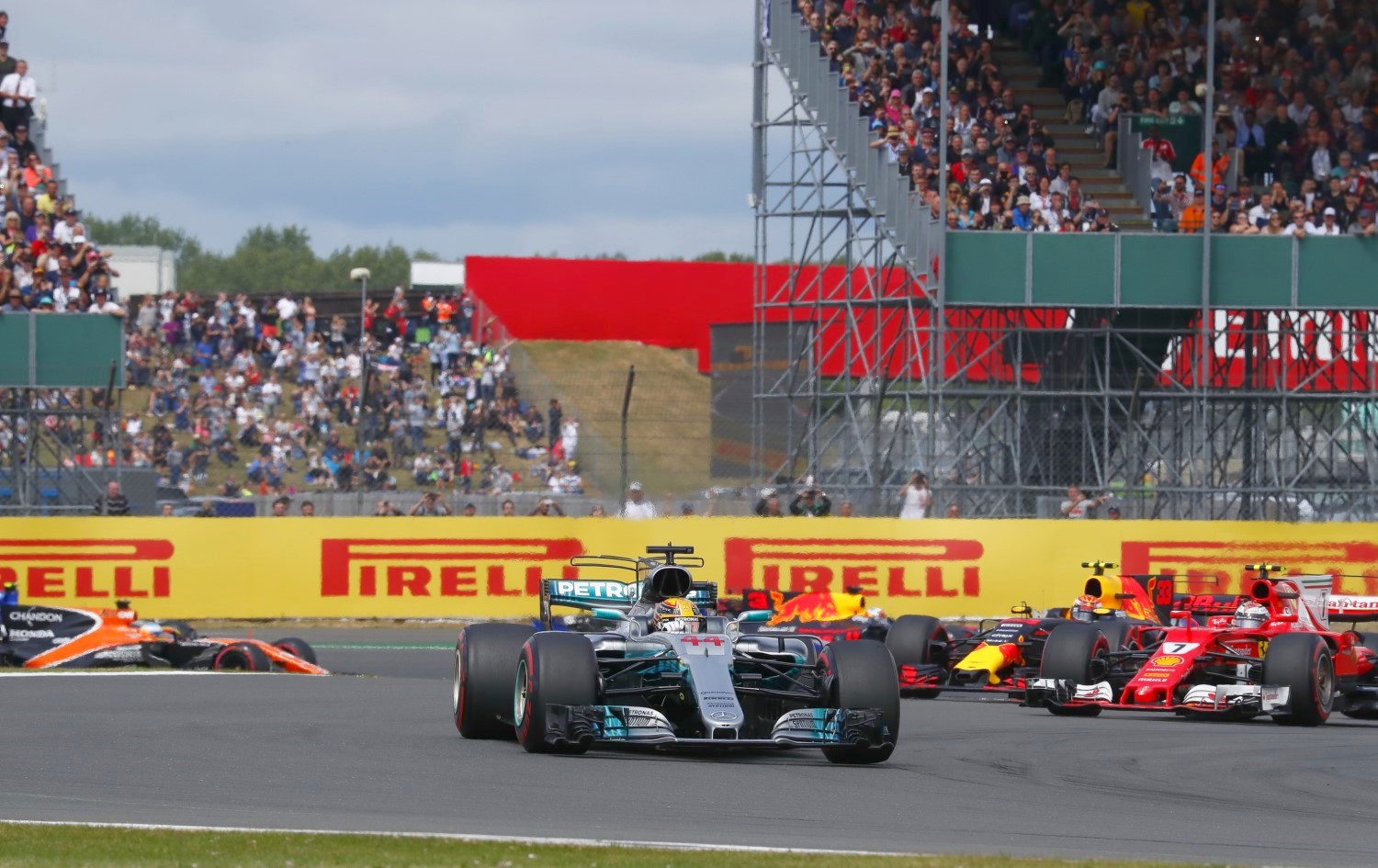Resurfacing will lead to increased lap speeds at Silverstone
 |
| Speeds will be up, but the passing down, on resurfaced Silverstone circuit |
As it stands, Silverstone has just two more Formula One Grands Prix to host before its contract ends, and with the Northamptonshire track needing to look outside the F1 bubble, the entire track has been resurfaced.
While the move was initiated by demands from MotoGP promoter Dorna, which only wanted certain parts of the track resurfaced, Silverstone opted to resurface the entire circuit.
The work was carried out last month, and Pringle believes it will benefit not only MotoGP but F1.
"When we looked at it, the asphalt at Silverstone hadn't been re-laid since 1996," he admitted. "The surface was looking a bit patchwork, so we decided to resurface the whole thing while we had the chance, and we have gone for the best surface we can.
"Some of the bumps have been removed too, and we are looking at a lap-time gain of about one second per lap for an F1 car," he added. "All the categories that compete on the GP track will be able to circulate at lap record pace and it will offer more grip in the wet as well. It is an exciting development for Silverstone."
New regulations for 2017 meant that at ten of the races the official lap record was broken – this being the fastest lap posted during a race.
While week in, week out, we are hearing about outright lap records being beaten – Lewis Hamilton's pole-winning lap in Melbourne being a prime example – the fact is that to the naked eye the increased speed and reduced times mean nothing.
Indeed, at a time when F1 fans biggest complaint is the lack of overtaking, though Silverstone's work is much appreciated, it is not the speed of the cars that matters so much as their (in)ability to follow at close order and then pass. Pitpass
